Stadiums, the colossal arenas that play host to a myriad of events, are as much about the fan experience as they are about the events themselves. A crucial element contributing to this experience is the signage that adorns these venues. Striking the perfect balance between aesthetics and functionality, the art and science of designing effective stadium signage is a meticulous endeavour that requires a harmonious blend of creative flair and practical application.
This multifaceted task not only aims at captivating the attention of attendees through visually appealing designs but also endeavours to guide, inform, and enhance the overall stadium experience. This blog post delves into the pivotal role of stadium signage, exploring its artistic elements, scientific principles, technological integrations, sustainability considerations, and future trends, all while shedding light on the legal and compliance landscapes.
Through a detailed exploration of case studies and an insightful look into the marriage of art and science in signage design, we unravel the intricacies and innovations that make stadium signage a cornerstone of fan engagement and a significant vehicle for branding and information dissemination. Join us as we navigate the fascinating world of stadium signage, uncovering the strategies and technologies that continue to evolve in this dynamic intersection of art and science.

The Role of Stadium Signage
Branding and Sponsorship
Stadiums are fertile grounds for brands to sow the seeds of their presence. Signage plays a pivotal role in the representation of brands, offering a canvas for logos, taglines, and images that resonate with the audience. The larger-than-life displays act as monumental billboards, providing advertising opportunities for sponsors and creating a visual imprint in the minds of thousands.
The strategic placement of signage amplifies brand visibility, fostering a symbiotic relationship between the event and the sponsor. It offers a platform for advertisers to showcase their products and services, intertwining their identity with the adrenaline-fueled ambience of the stadium.
Information Dissemination
Equally important is the role of signage in guiding attendees to facilities and services. Well-placed, clear, and concise outdoor signs help direct traffic flow, reduce congestion, and enhance the overall spectator experience. Effective signage is instrumental in ensuring smooth navigation within the stadium’s vast expanse, from locating restrooms to finding concession stands.
Moreover, conveying safety instructions is paramount. In emergencies, well-marked exit signs and evacuation routes can be lifesaving, underlining the critical role of signage in maintaining a secure environment within the stadium.
Artistic Elements of Stadium Signage
Aesthetics and Visual Appeal
Delving into the artistic elements, stadium signage’s aesthetics and visual appeal are fundamental. Using colour, typography, and imagery can make a sign stand out, capturing attention and leaving a lasting impression. Vibrant hues, bold fonts, and compelling graphics are the building blocks of a visually striking display.
The harmonious blend of these elements contributes to the memorability of the message, whether it be a promotional advertisement or directional guidance. Artistic creativity in design enhances the visual appeal, turning mundane signs into captivating artworks.
Thematic Consistency
Thematic consistency is vital in ensuring a cohesive visual experience. The signage design should harmonise with the stadium’s architecture and team branding, creating a unified aesthetic that resonates with the spectators. Consistency in theme reinforces brand identity and fosters a sense of belonging among fans.
Whether through colour schemes, logos, or design elements, maintaining thematic consistency across all signage contributes to a seamless and immersive stadium experience, reflecting the ethos of the event and the identity of the hosting entity.
Scientific Principles for Effective Signage
Visibility and Readability
On the scientific front, visibility and readability are the cornerstones of effective signage. Sizing and placement of signs should be optimised to ensure maximum visibility from different angles and distances. The legibility of fonts and the contrast between text and background are critical in conveying the message clearly and promptly.
Every detail, from the height of the lettering to the illumination of the sign, is meticulously calculated to achieve optimal readability. The science behind these principles is geared towards eliminating ambiguity and ensuring the information is accessible to all, regardless of their vantage point.
Psychological Impact
Furthermore, the psychological impact of signage cannot be overlooked. The use of colours to evoke emotions and influence behaviour is a well-studied phenomenon. For instance, red can evoke a sense of urgency, while blue instils a feeling of calm. The strategic application of colour theory can significantly impact crowd movement and response.
Understanding the influence of design on behaviour and crowd movement is essential in managing the flow of people and enhancing their interaction with the signage. The psychological principles embedded in design serve to create an environment that is not only visually pleasing but also functionally efficient.
Integration of Technology
Digital Signage
With the advent of technology, digital signage has become a game-changer in stadium displays. The advantages of using digital screens are manifold, offering dynamic content, interactive features, and real-time updates. The ability to alter messages and advertisements instantaneously provides flexibility and customisation unparalleled by traditional signage.
Interactive features engage the audience, creating a two-way communication channel and enriching the spectator experience. Real-time updates on match scores, player statistics, and event announcements keep the crowd informed and connected, adding a layer of dynamism to the stadium atmosphere.
Augmented Reality (AR)
Augmented Reality (AR) is revolutionising the user experience through immersive interactions. AR enhances the spectator’s perception and interaction with the surroundings by overlaying digital information in the real world. Practical applications of AR in stadium signage include wayfinding solutions, immersive advertisements, and enriched fan engagement.
The integration of AR transforms the stadium experience, blurring the lines between the digital and physical realms. It opens up new interaction, engagement, and entertainment possibilities, making the stadium a canvas for innovation and creativity.
Sustainability Considerations
Environmental Impact of Signage Materials
In an era of heightened environmental consciousness, selecting eco-friendly materials for stadium signage has never been more crucial. Sustainable materials not only reduce the ecological footprint but also exemplify corporate responsibility. Additionally, addressing the energy consumption of digital signs is paramount. Incorporating energy-efficient technologies and renewable energy sources mitigates environmental impact, aligning with global sustainability goals.
Sustainable Design Practices
Beyond materials, embracing sustainable design practices is essential. This includes ensuring the longevity and adaptability of designs to avoid frequent replacements and reduce waste. Implementing recycling and waste reduction strategies further contributes to sustainability, exemplifying a commitment to environmental stewardship and resource conservation.
Legal and Compliance Issues
Compliance with Local Regulations
Navigating the legal landscape is an integral aspect of stadium signage design. Adherence to local regulations, including securing signage permits and abiding by zoning regulations, is essential to avoid legal pitfalls. Furthermore, compliance with accessibility requirements ensures inclusivity, catering to the diverse needs of all attendees and fostering an environment of equality and respect.
Intellectual Property Considerations
Delicate attention must be paid to intellectual property considerations, especially logos and trademarks. Securing proper licensing agreements with sponsors is vital to avoid infringement and ensure legal integrity. Respecting intellectual property rights is a cornerstone of ethical business practices and fosters stakeholder trust and collaboration.
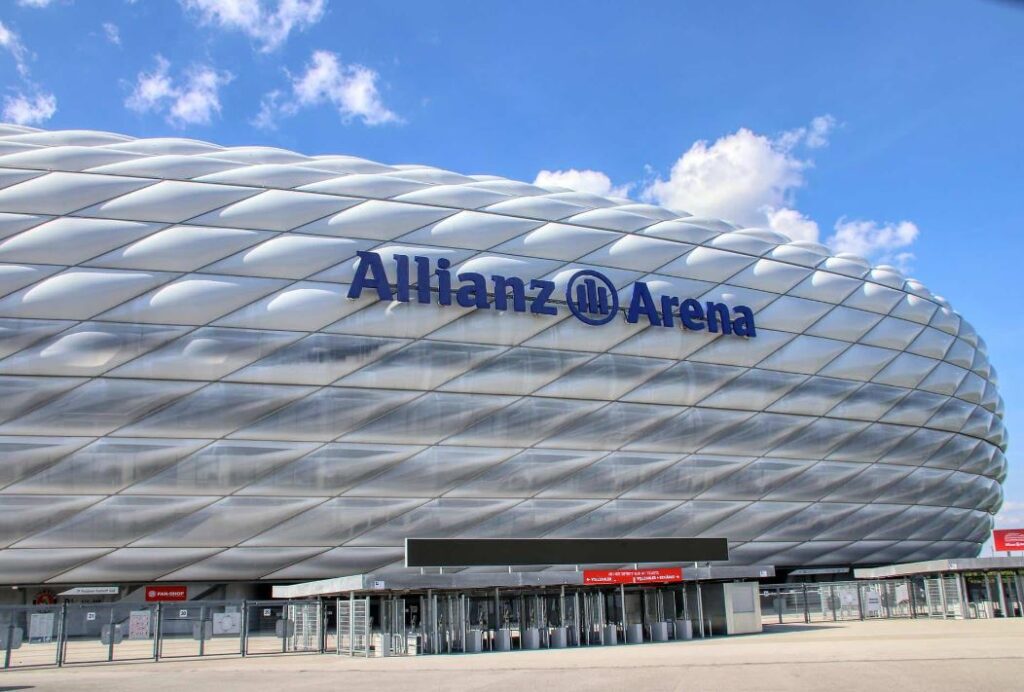
Future Trends in Stadium Signage
Advancements in Digital Technology
As we gaze into the future, advancements in digital technology promise a new horizon for stadium signage. The emergence of new display technologies and the integration with mobile apps and wearables offer unprecedented opportunities for engagement and interaction. These innovations are set to redefine the boundaries of what is possible, creating immersive and personalised experiences that elevate stadium attendance to new heights.
Evolution of Design Aesthetics
Parallelly, the evolution of design aesthetics continues to shape the visual landscape of stadiums. Shifts in design trends, influenced by cultural movements and fan engagement, are constantly reimagining the artistic expression of signage. The dynamic interplay between form and function continues to evolve, crafting visually stunning and highly effective signs that captivate and inform.
Reflecting on the intricate tapestry of stadium signage design, it is evident that the balance between art and science is both delicate and dynamic. The harmonious integration of aesthetic appeal with functional precision, augmented by technological advancements, exemplifies the multifaceted nature of this discipline. As we navigate through sustainability considerations and legal frameworks, the ongoing evolution of design strategies and technologies is palpable.
The enduring importance of effective stadium signage is underscored by its pivotal role in enhancing fan experience and meeting business objectives. Whether through guiding, informing, advertising, or entertaining, stadium signage is a testament to the limitless possibilities of creative and scientific integration.
As we embrace the future, the canvas of stadium signage continues to expand, offering new avenues for exploration and innovation. The dance between art and science persists, crafting a symphony of visuals and experiences that resonate with the rhythm of the stadium, leaving an indelible imprint on the hearts and minds of all who bear witness.



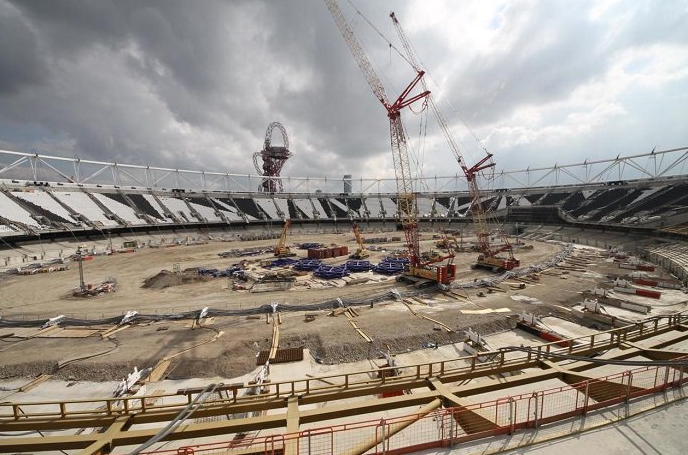





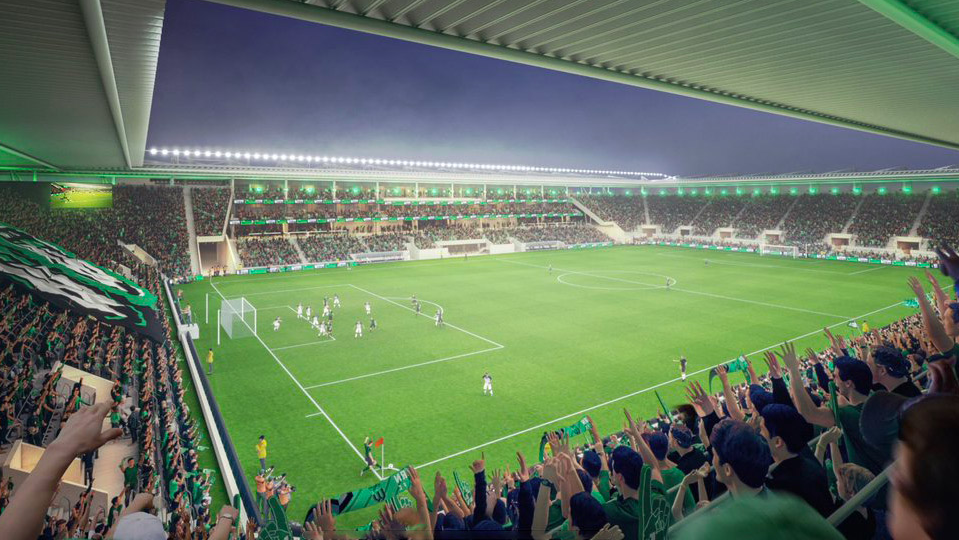

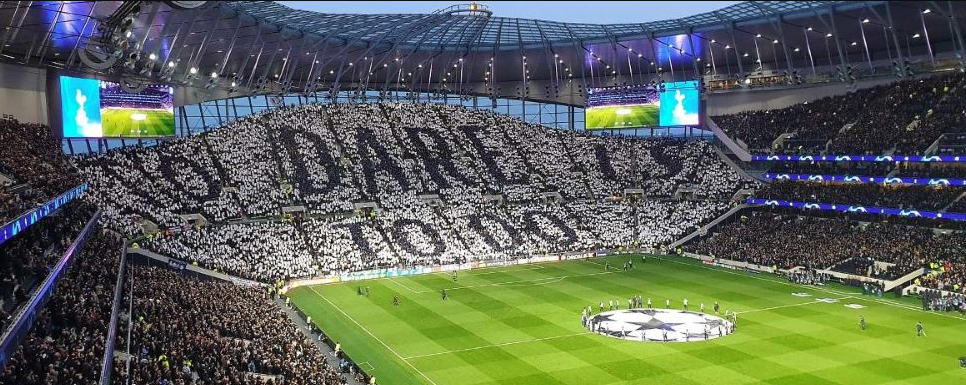
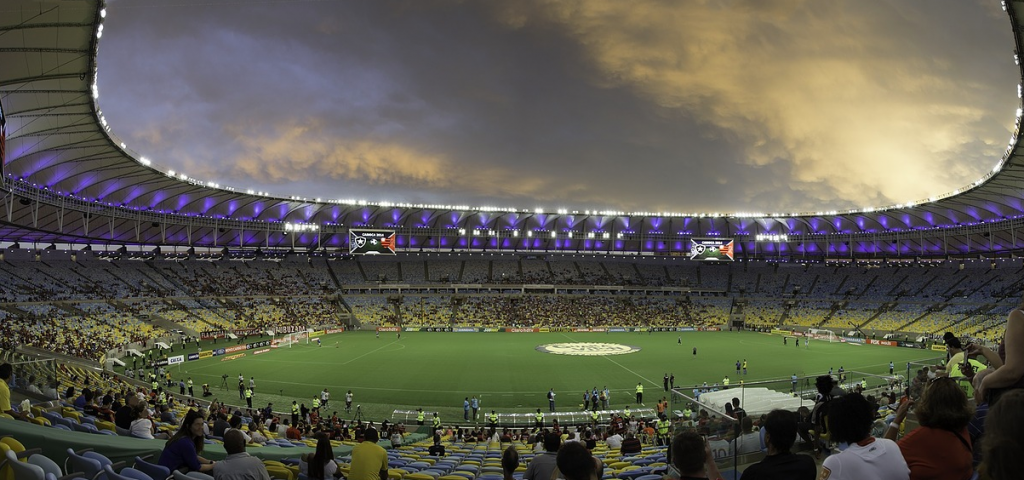
Recent Comments